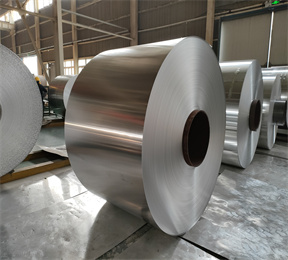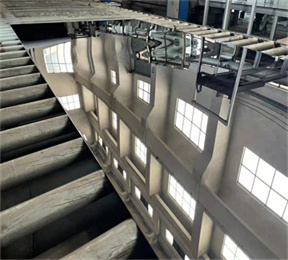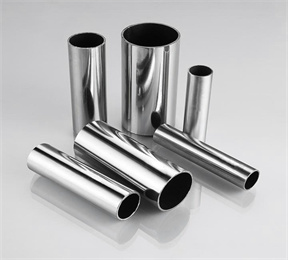Stainless steel processing manufacturers have the same feeling: stainless steel is difficult to process. In fact, the reasons for this are as follows:
1: The machining hardness causes the tool to wear quickly and it is difficult to remove chips.
2: Low thermal conductivity causes plastic deformation of the cutting edge and faster tool wear.
3: The built-up edge is likely to cause small pieces of powder to remain on the cutting edge and cause a bad machined surface.
4: The chemical relationship between the tool and the material to be processed causes work hardening and low thermal conductivity of the material to be processed, which not only easily causes unusual wear, but also causes tool chipping and abnormal cracking.
The existing solutions to the above processing problems are as follows:
1.: Use a tool with high thermal conductivity,
2.: Sharp cutting edge line: The chip breaker has a wider margin, which can reduce the cutting pressure, so that the chip removal can be well controlled.
3.: Optimal cutting conditions: Improper machining conditions will reduce tool life.
4.: Choose the appropriate tool: The stainless steel tool should have excellent toughness, and the cutting edge strength and the bonding force of the coating film should also be relatively high.




